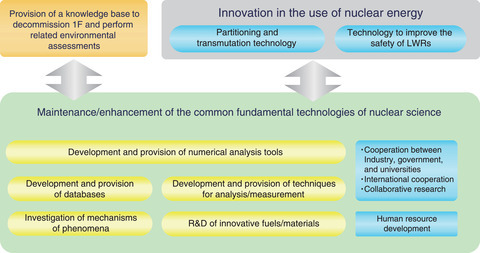
Fig.4-1 Overview of nuclear science and engineering research
Common fundamental technologies and knowledge platforms, such as databases, numerical analysis tools, analytical technologies, and knowledge of phenomena mechanisms, are necessary to support the use of nuclear energy and radiation. As summarized in Fig.4-1, the Nuclear Science and Engineering Center (NSEC) aims to maintain state-of-the-art fundamental technologies and nuclear science knowledge and provides them to industry, universities, and governmental agencies. The NSEC has also contributed to safety improvements of LWRs and the development of partitioning and transmutation technology to reduce the impact of radioactive wastes. Recent results of the ongoing research and development (R&D) activities at NSEC are introduced in this chapter.
The cross-sections of nuclear reactions by deuterons were calculated using a new method considering quantum mechanical effects and have been compiled as a database, JENDL/DEU-2020. This database is expected to facilitate the use of intensive high-energy neutron sources using a deuteron accelerator (Topic 4-1).
High-quality nuclear data is indispensable when using nuclear energy and radiation. Therefore, we proposed a method using a machine learning technique to estimate nuclear data that are difficult to predict using theoretical nuclear reaction models. This method is expected to contribute to the development of high-quality nuclear data that is accurate and addresses uncertainty (Topic 4-2).
Proper decommissioning of 1F requires an understanding of the properties of the nuclear fuel debris. Micro-Raman spectroscopy can be used to analyze the debris because of its applicability to highly radioactive samples. Using this technique, we visualized the generation of two types of uranyl peroxide from the reaction between uranium oxide and hydrogen peroxide. Micro-Raman spectroscopy is expected to contribute to understanding the debris properties (Topic 4-3).
Organ doses were reevaluated using the latest computational techniques and new data sets of human bodies being developed for more precise estimation. The reevaluated doses and doses derived from the current dosimetry system were consistent for most organs within a difference of 10%. The reevaluated doses will be used for future updates to the dosimetry system (Topic 4-4).
The Worldwide version of System for Prediction of Environmental Emergency Dose Information (WSPEEDI) is a sophisticated model that has been used for atmospheric dispersion analysis in nuclear emergencies; however, the calculation time required made comparing calculation results for various conditions cumbersome. Thus, we developed an atmospheric dispersion database system, WSPEEDI-DB, based on a proposed calculation method that can rapidly produce results calculated by WSPEEDI. This developed database for various release and weather conditions can be used for optimizing monitoring plans and disaster prevention drills (Topic 4-5).
Hydrogen embrittlement is known as a typical fracture mode of high-strength aluminum (Al) alloys. Our performed experimental observations of fractured Al alloy samples and theoretical calculations indicated that deterioration of the cohesivity on the interface of the alloy by the increase of hydrogen occupancy leads to spontaneous microcracking. Computational simulations are expected to play a more important role in designing new alloys (Topic 4-6).
Finally, displacement cross-sections were measured to evaluate the damage to materials caused by the proton beam. The first experimental data for iron were obtained, which are crucial to reducing the hazard of high-level radioactive wastes in accelerator-driven systems (ADSs). The results calculated using PHITS with the latest displacement model showed good agreement with the experimental results. Precise evaluation of radiation damage using cross-sections is expected to lead to safer ADSs and other high-energy accelerator facilities (Topic 4-7).